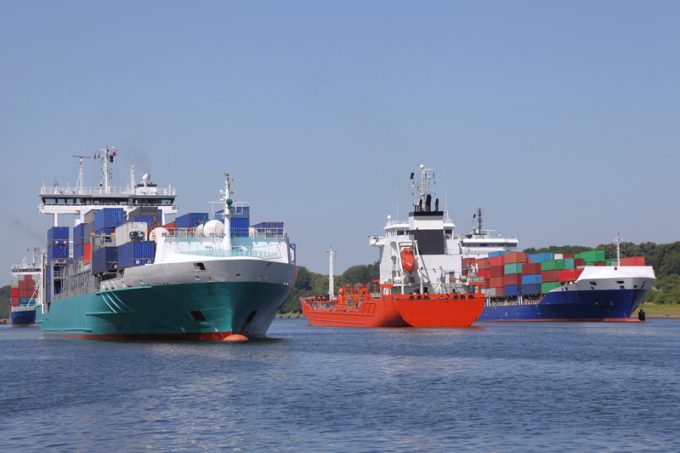Major box lines eye opportunities in India's coastal trades
More mega container lines are considering venturing into Indian coastal operations for domestic cargo movement, ...

The box shipping fleet has reached its highest average age since records began, according to research by Bimco, with a great number – overwhelmingly in the smaller size range – set for demolition.
The Loadstar has long reported on the disparity between demand for ...

Comment on this article